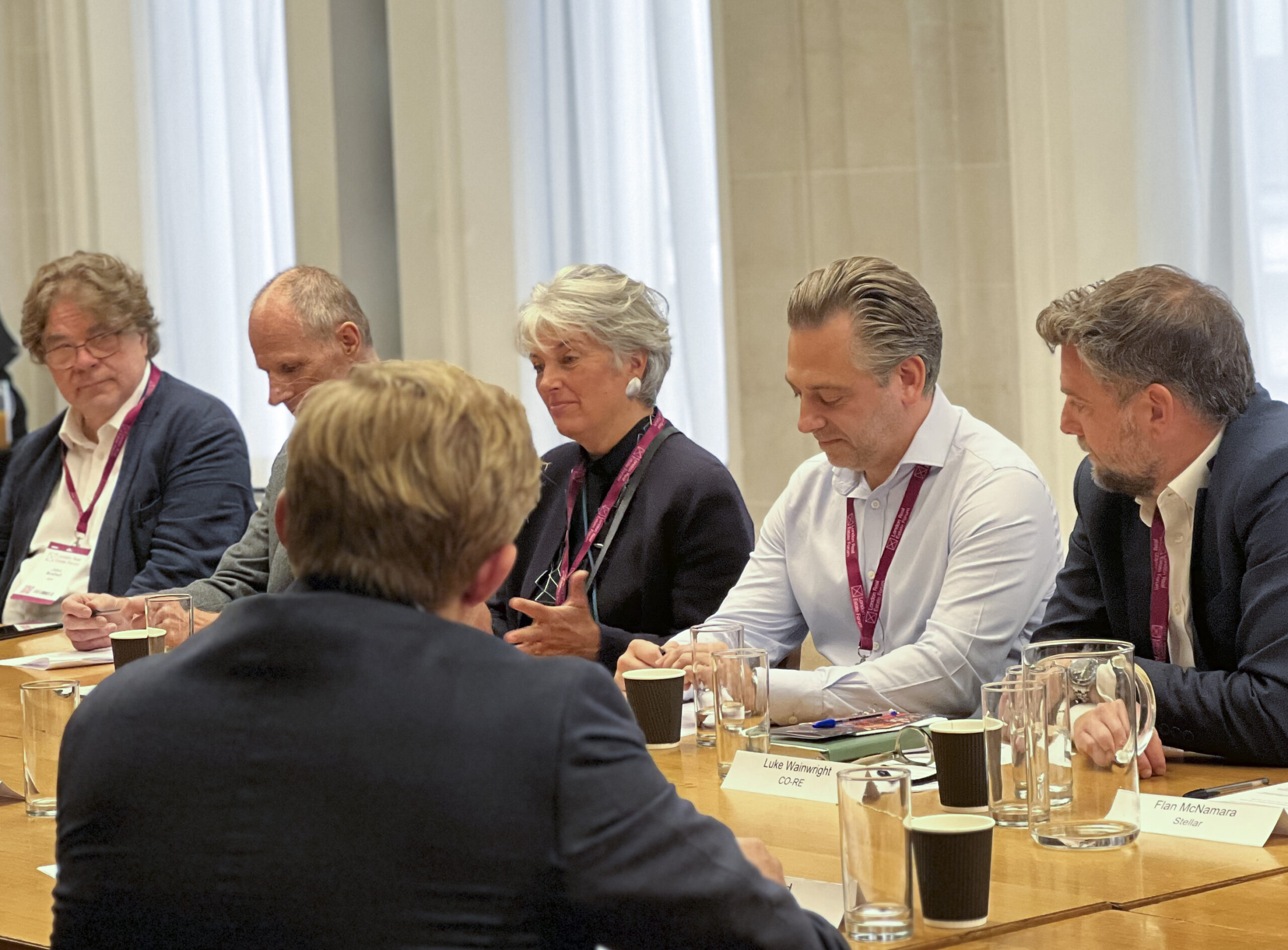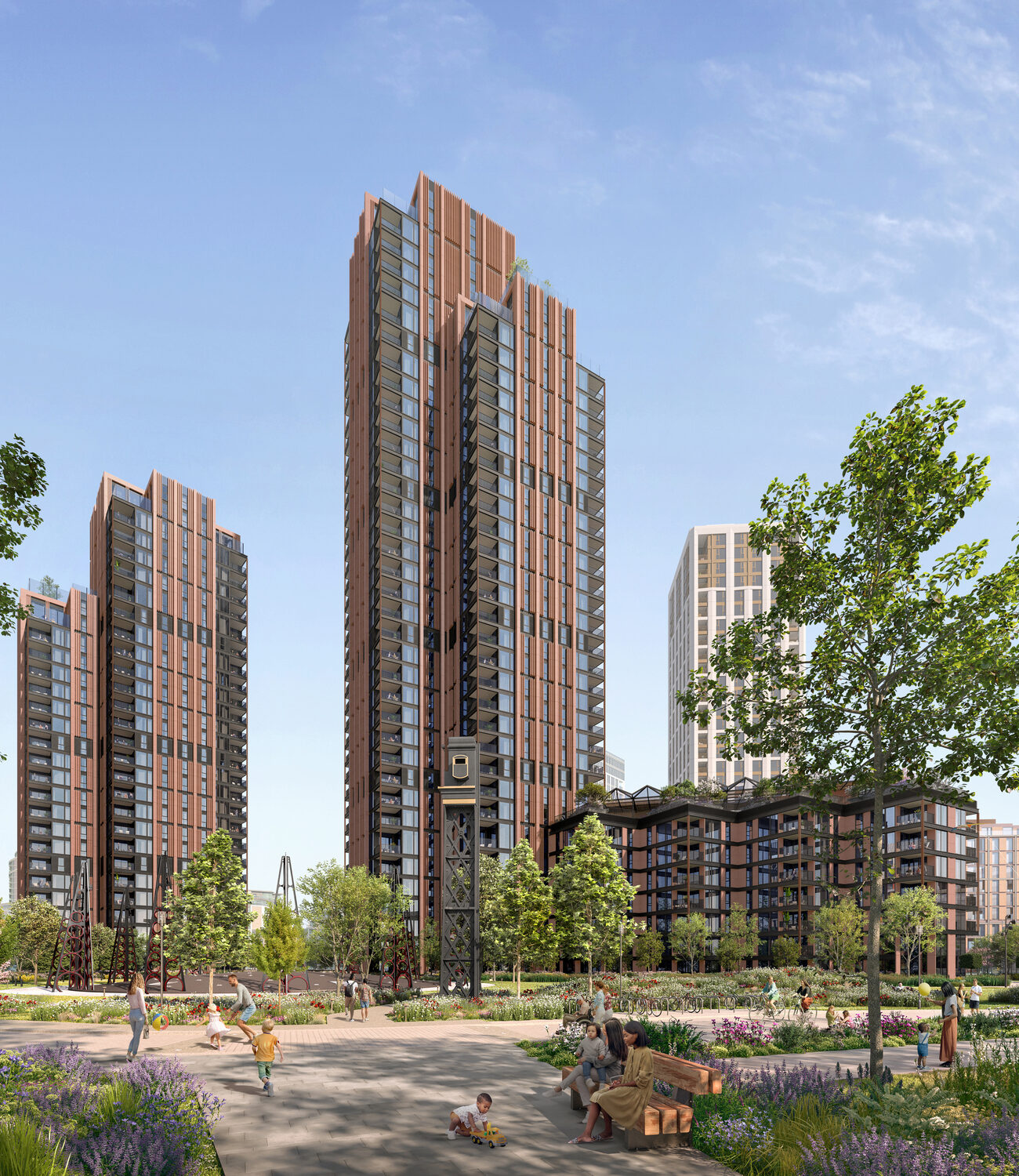Digital transformation has long been one of key focus areas at Staticus. Our digitalisation projects have streamlined our processes and made us more efficient, and we are always looking for new ways to leverage digital technologies to the benefit of our colleagues and clients.
One of Staticus’ latest internal digitalisation projects is 4D reporting – a functionality that connects detailed 3D models of our projects with data from various ERP and CDE systems via the VCAD tool in Power BI. This enables our team and our stakeholders to easily check a project’s progress in real time.
We asked Project Manager Mantė Laučytė and Project Director Giedrius Valantinas to share their insights on how 4D reporting is being used, and what benefits it brings.
A fast way to bring stakeholders up to date
4D reporting is already having an impact on our projects. For instance, Staticus has been successfully using 4D reporting in the K8 building project in Stavanger, Norway.
“It is very useful for presenting a project’s progress to our stakeholders: it is fast, it is visual, and it has the latest data,” says Project Manager Mantė Laučytė.
Enhanced data visualisation aids problem solving
The ease of bringing all stakeholders up to date on a project’s progress is only one of the benefits of the 4D report. According to Project Director Giedrius Valantinas, better data visualisation and interpretation are also among the main advantages.
“Previously, to find the status and location of a particular unit on the building, you needed to find the status in the system, and then locate the unit on the 3D model,” Giedrius explains. “Now it is a matter of seconds. You can locate the unit by its different parameters and share this data externally, allowing other project participants to plan their work accordingly.”
This is particularly useful when changes or problems arise in a project. “The 4D report allows us to identify any potential issues, eases re-scheduling, and helps us communicate everything effectively,” Giedrius says.
Mantė agrees: “The 4D reporting tool not only saves the entire team time by helping us keep track of everything, it also allows us to better plan and implement the project.”
How our 4D reporting works
The 4D report is updated three times a day, refreshing automatically so the latest data is collected from various systems. Users can also apply multiple filters to look at specific building floors, view what façade elements are in design, production, being delivered site or awaiting installation. Elements can be filtered by date, dimensions, type and other parameters, helping with logistics planning.
“It takes time to start using these reports to their full potential,” Giedrius says. “But I strongly believe there is no way back when it comes to digitalisation in construction. Sooner or later, we will all need to be advanced users of digital platforms. We prefer sooner – that’s why we are highly focused on digitalisation at Staticus.”













